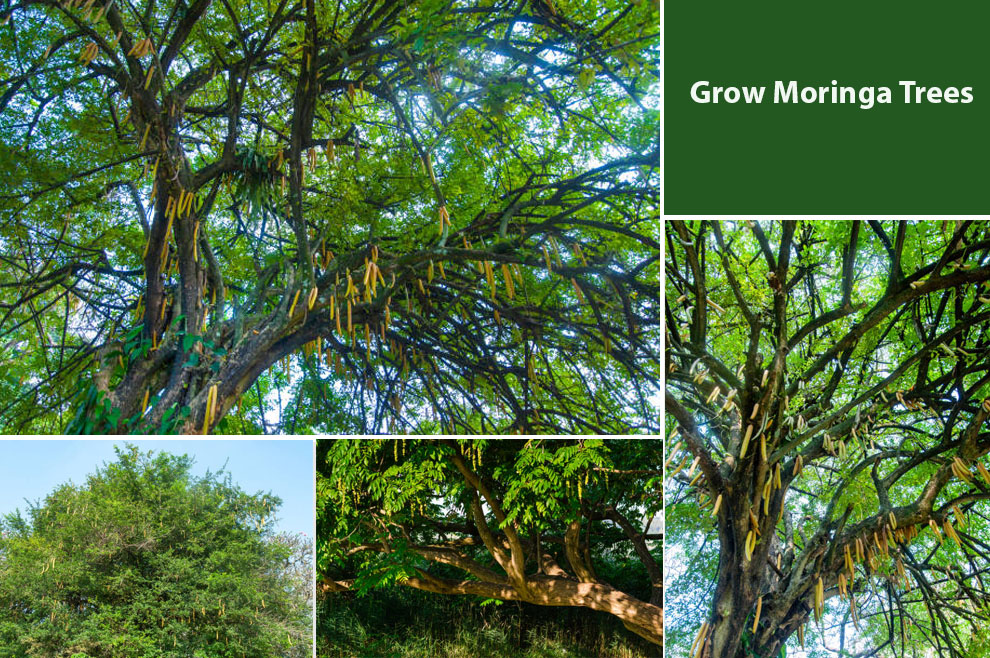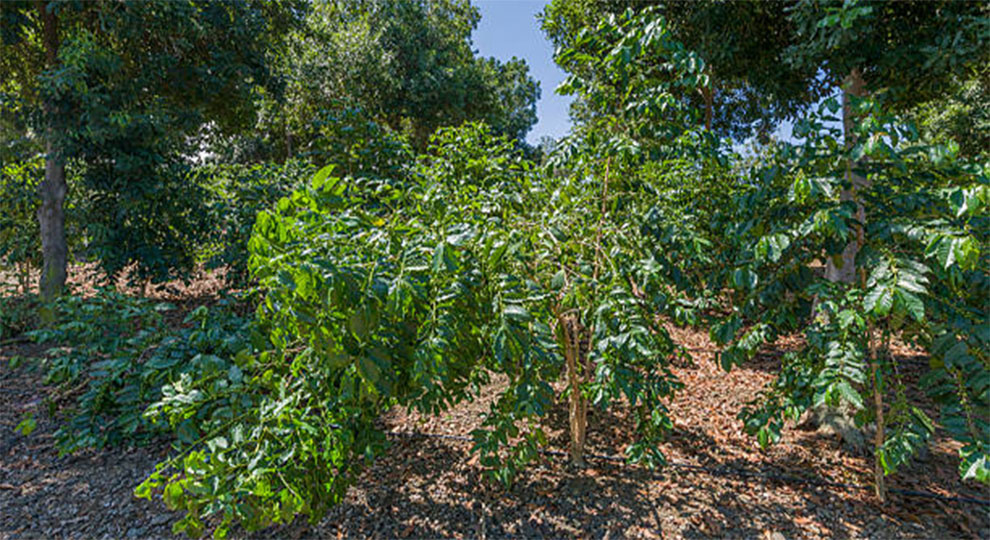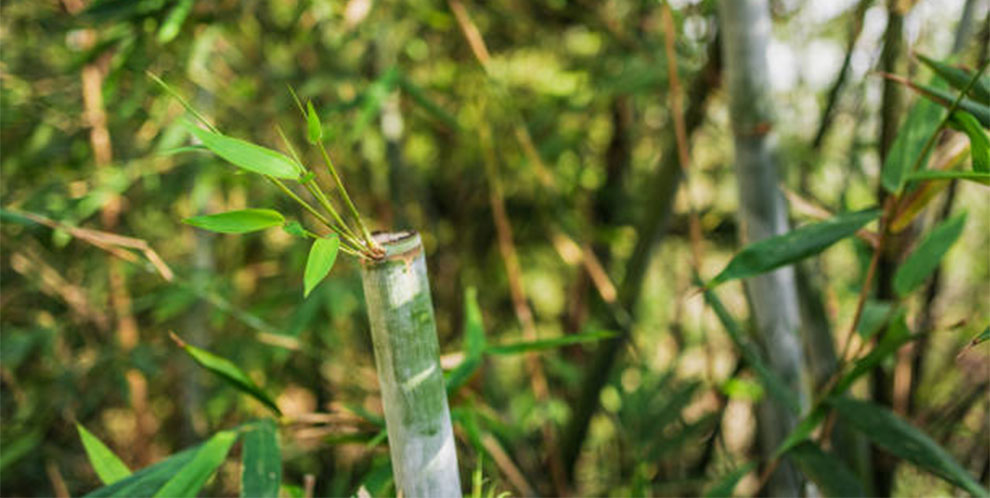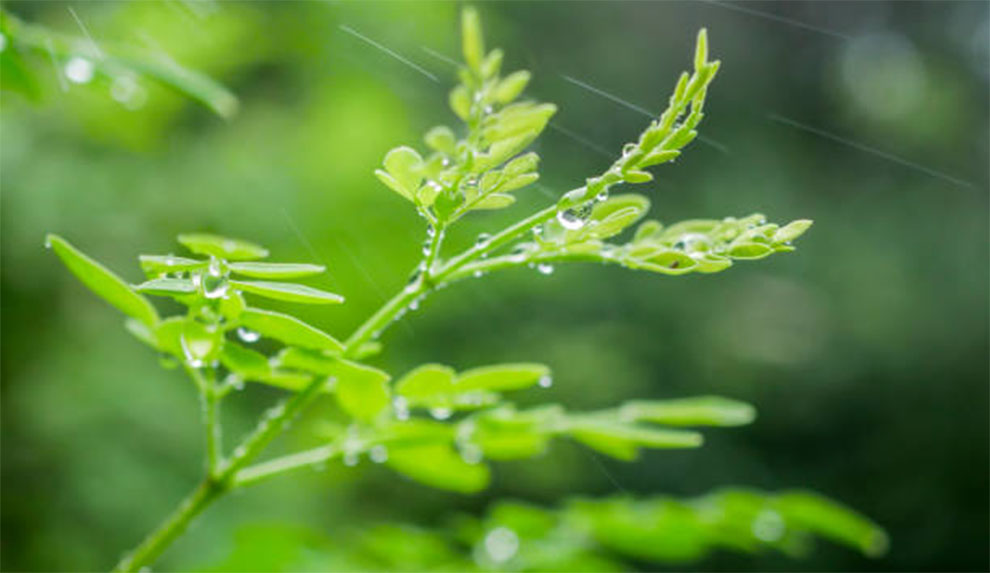How To Grow Moringa: Planting & Care Guide
To cultivate a moringa tree, choose a sunny spot, plant seeds or cuttings, water regularly, and provide well-draining soil. Prune for shape, and in 5-8 months, you’ll have a versatile, nutrient-rich tree suitable for both novices and experts in gardening.

Growing a thriving Moringa tree in your garden can be a rewarding endeavor. It offers a wealth of nutritional benefits beyond its graceful presence.
Native to South Asia, this versatile plant thrives in warm climates, but you can cultivate it in pots for the colder regions.
Your Moringa won’t yield substantial results if you do not start right. So, we will tell you how to grow Moringa trees in detail here. The process is straightforward though,
To grow Moringa, select a spot with ample sun, at least six hours of sunlight daily, and well-draining soil. You can plant the Moringa trees in early spring when frost risk ceases.
You can begin by germinating the Moringa seeds indoors and transplanting them into the prepped site once they sprout. Water deeply but infrequently, ensuring the roots can establish themselves.
Provide ample space for the tree to grow, as Moringas can reach significant heights. With good care and dedication, you will enjoy the plentiful benefits of this beautiful tree.
Getting Started with Moringa Tree Planting
Before we take you through the detailed guide on growing Moringa, consider the three main factors: Location, Soil, and Season.
Picking the right spot, prepping the soil, and planting in the right season sets the stage for these remarkable trees to flourish and thrive in your garden.
A. Where is the best place to plant a moringa tree?

Selecting the right location for planting your Moringa trees is the initial step toward a successful and abundant harvest.
Moringa trees thrive in a tropical, warm climate. However, they can adapt to other regions too. For a good yield, plant the Moringas in a spot that receives at least six hours of sunlight daily, as Moringa loves the sun.
Please ensure the soil is well-draining and slightly acidic, with a pH between 6.3 and 7.0. Do not grow Moringas in areas susceptible to waterlogging, as too much moisture can damage the roots.
Consider using pots that you can conveniently move indoors in winter if you plant Moringas in a colder climate. Picking the conducive location sets the foundation for healthy Moringa trees and a bountiful yield of nutritious pods and leaves.
B. How do you prepare the soil for a moringa tree?
Prepping the soil is vital in ensuring the Moringa tree’s health and vitality. You can begin by digging a hole twice as wide and just as deep as the root ball.
Mix the excavated soil with well-rotted compost or organic matter to accentuate its drainage capabilities and fertility. It enriches the soil with vital nutrients, promoting robust growth.
Further, incorporate a balanced plant food with heavy phosphorous content to encourage solid root development. Ensure the soil’s pH is between 6.3 and 7.0, slightly acidic.
Carefully blend these elements before placing the young Moringa sapling into the prepared hole. Please ensure it is well-supported and surrounded by nutrient-rich soil.
C. What is the best season to plant moringa?
Picking the optimal season for planting Moringa trees sets the stage for a successful cultivation journey. You can aim for springtime once the frost passes.
Provide the young sapling with a stable and warm environment. It helps them establish a robust root system before they endure harsh weather conditions.
In areas with mild winters, you can plant Moringa trees in the fall, giving the trees a head start before the dormant season. Here’s a quick guide on Moringa tree winter care as well.
Please do not plant during the peak of summer or winter, as extreme weather conditions may stress the young plants.
By aligning the planting with the natural growth patterns of Moringa, you give your plants a chance to thrive and flourish, ultimately reaping the bountiful rewards they offer.
How To Plant Moringa Tree?
Apart from planting a nursery-bought moringa seedling, you can grow Moringa trees by two primary methods – from cuttings and from seeds. Each approach has advantages.
So, you can pick the one that best matches your gardening conditions and preferences. Let us delve into these methods below:
A. Can you grow a Moringa tree from cuttings?

Propagating Moringa trees from cuttings is a reliable method for reproducing desired genetic traits. Start by picking a healthy and mature branch, ideally one to two inches in diameter.
Make a diagonal cut at a 45-degree angle with a sharp, clean tool. The cuttings must be approximately three feet long. Remove leaves from the lower two-thirds of the cuttings to minimize moisture loss.
Let the cutting air dry in a shaded area for a day or two, giving the cut end time to develop a callus. It helps avoid root rot once planted.
Simultaneously, prepare a pot filled with well-draining soil. Insert the dried cutting at least two feet deep into the soil, ensuring it is upright and stable. Water the cutting deeply, allowing excess water to drain away.
Keep the pot in a sunny, warm spot, as the Moringa tree thrives in full sunlight. Maintain a consistent moisture level, ensuring soil does not become waterlogged.
Fresh growth starts in the next two or three weeks, indicating successful rooting. Once the cutting establishes a healthy root system, you can transplant it to its permanent spot in the garden.
With proper care, your newly propagated Moringa will flourish and depict a wealth of nutritional benefits.
B. How to grow Moringa tree from seeds?
Starting Moringa trees from seeds is an excellent way to establish a healthy and diverse garden. Start by obtaining fresh and viable seeds from a reputable source.
When collecting seeds, ensure they are dry and mature before extraction. Plant the seeds in a well-draining potting mix, burying them approximately one inch deep.
You must ideally place two to three seeds per pot, as not all usually germinate. Ensure the containers are adequately sized, ensuring adequate size for root development.
Pick a sunny and warm spot for the pots, as Moringa thrives in full sunlight. Keep the soil consistently moist but not waterlogged. Germination usually takes one to two weeks. However, it may take longer, depending on the prevailing environmental conditions.
After the seedlings are six to eight inches, you can thin them out. Pick the strongest and healthiest seedling and carefully transplant it into a larger pot or directly into the garden.
Ensure the seedling has ample space to grow, as Moringa trees grow pretty big.
When transplanting, carefully handle the seedling to avoid damaging its delicate roots. Ensure it receives regular watering and monitor for stress signs or nutrient deficiencies.
With proper care, your Moringa tree will flourish and become a valuable addition to your garden or yard.
Moringa Care – Things To Look Out For After Planting Them!
Caring for Moringa trees involves a few primary practices that ensure their productivity and vitality.
From offering the correct amount of sunlight to balanced watering and proper pruning, these steps help nurture robust and thriving Moringa trees. Below, we will take you through vital aspects of Moringa care.
1. Does moringa need direct sunlight?
Ensure your Moringa tree gets adequate sun for its growth and productivity. Moringas thrive in full sun and need at least six hours of direct sun daily.
Further, you can keep them in a spot where they can bask in the sun’s rays to ensure their full potential. In areas with colder temperatures, plant the Moringa trees in pots, which you can move indoors during winter to maintain their access to the sun.
Moringa plants need adequate sunlight to promote robust leaf production and achieve a bountiful harvest of nutritious pods.
2. How often should you water moringa?

Balanced watering is vital for your Moringa trees. If you know how to plant moringa trees, but lack the proper knowledge of its watering needs, it could turn out to be dangerous for your plant health.
While they are drought-tolerant, young Moringas need regular watering. It can help them establish their robust root system.
Water deeply, letting the soil dry between the two watering sessions. But do not overwater, as it may result in waterlogging, making Moringa roots susceptible to root rot.
In areas with rainy seasons, alter the watering frequency. As the tree matures, Moringas become resilient to drought conditions. Monitor the soil moisture levels and adjust the watering routine to ensure your Moringa thrives.
3. What is the best fertilizer for moringa?
You must provide the Moringa with the correct dose of nutrients for its optimal growth. In the initial stages, employ a balanced plant food with a high phosphorous content. It can help with root development.
After the first year, use a nitrogen-rich fertilizer with a high phosphorous content. It helps with pod and foliage production.
Use fertilizer sparingly and follow the manufacturer’s instructions to avoid over-feeding, which can damage the tree.
Further, incorporate organic matter like compost to accentuate soil fertility naturally. Regular soil testing can help fine-tune the fertilization regimen, ensuring your Moringa thrives and yields a bounty of nutritious pods and leaves.
4. How do you prune moringa plants?
Regular pruning is imperative for maintaining a productive and healthy Moringa tree. Start by removing damaged or dead branches. It can help with new growth.
Selectively trim the lower branches to raise the canopy as the tree establishes, ensuring better sunlight penetration and air circulation. It can help avoid pests and diseases.
Further, periodically pruning the lateral branches can help establish a more robust central stem. Do not over-prune, as Moringa trees are naturally resilient.
Use clean, sharp tools, and sterilize them between cuts to prevent disease spread. Regular pruning is vital for maintaining the tree’s shape. It ensures the tree remains vigorous and leaves you with an abundant harvest of pods and leaves.
Did You Know These Facts About Moringa?
1. Can Moringa trees grow in pots?
Yes.
If you rightly know how to grow moringa trees, they can thrive in pots, making them conducive for cultivation in different climates. Ensure the pot is big enough to accommodate the tree’s root system and employ well-draining soil.
Further, bring potted Moringa trees indoors during colder months if you reside in areas with harsh winters.
2. How long does it take for a Moringa tree to grow?
Moringa trees are fast-growing. Under optimal conditions, Moringa can reach 10-15 feet in the first year. With continued care, they can grow upto 20 feet or more in the following years.
3. Where do Moringa trees grow best?
Moringa trees thrive in tropical and subtropical regions. They grow beautifully in areas with warm temperatures, receiving at least six hours of direct sun daily.
Well-draining soil is imperative for their growth. Native to South Asia, Moringa can also flourish in other regions globally with similar climatic conditions.
